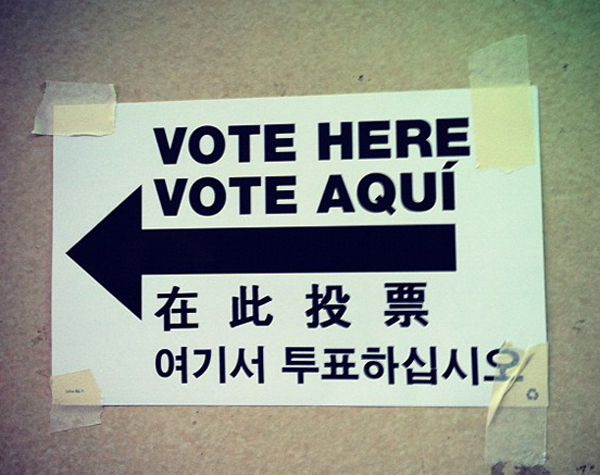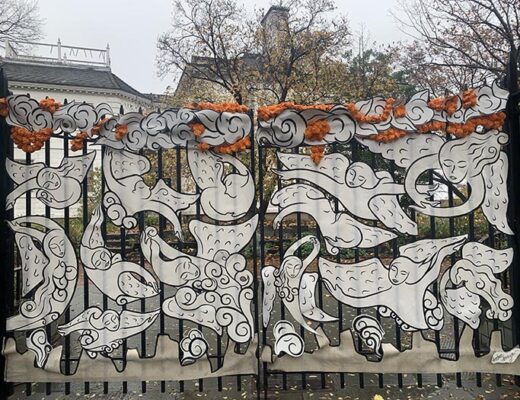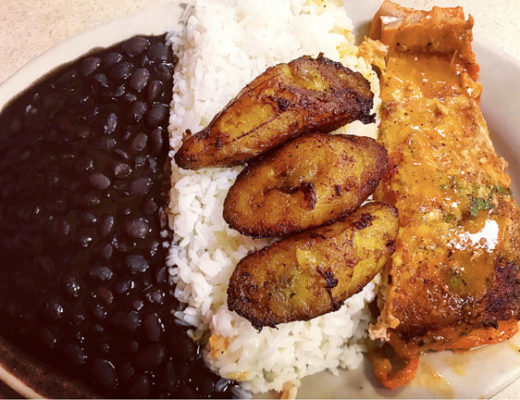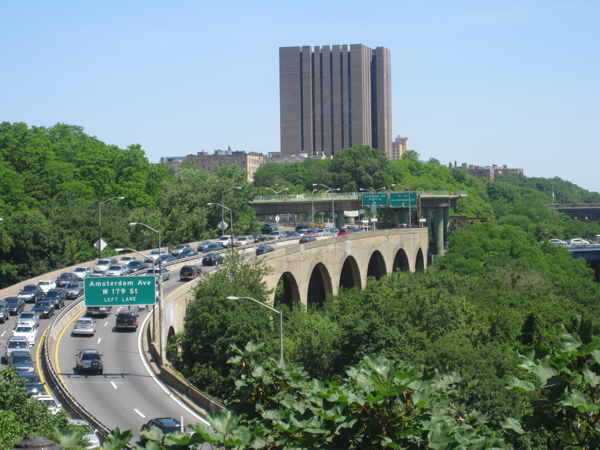BY Ray Sanchez Jr.

When you go to vote on June 22nd or vote early, starting June 12th, you’ll notice the ballot looks a little different. This election will be the first time New York City implements Rank Choice Voting in a primary election. Understanding what RCV is and how to vote in a rank system will guarantee you as a voter are not disenfranchised, and your vote is reflected in the election results.
RCV is exactly how it sounds: you rank five candidate options instead of voting for just one. Rank voting will apply to all NYC races: Mayor, Public Advocate, Comptroller, Borough President, and City Council. It will not, however, apply to the Manhattan District Attorney because it is a State race. On your ballot, candidates will be listed in rows and there will be five number ranking columns. You choose one candidate for each of the five rank columns.
Rank choice voting is currently used in Maine and Alaska for federal races, and in over 20 cities across the country at the local level for primaries. On November 5, 2019, New York City voted to amend the City Charter to “Give voters the choice of ranking up to five candidates in primary and special elections for Mayor, Public Advocate, Comptroller, Borough President, and City Council beginning in January 2021.” The measure was passed by 73.5%. NYC will be by far the largest city in the United States to implement RCV. This system has been already used in NYC in special City Council elections earlier this year in the Bronx and Queens. Voting advocacy group, Rank the Vote NYC found that the majority of voters found their ballots easy to fill out and ranked multiple candidates.
The purpose behind rank voting is to give voters more choices, lead to more diverse elected officials, reduce polarity, and limit negative campaigning. In addition, RCV in NYC has the potential to save a lot of money on expensive run-offs, which are likely when there are many primary candidates in each race, leading to a high chance of no one receiving over 50% of the vote. The critique of the new system is that it makes voting more complicated for voters and has the potential to be abused by parties trying to game the system.
A lot of the confusion around Rank Choice Voting is about how it actually works. If one candidate gets more than 50% of everyone’s first vote, they will win the election. However, given how many candidates there are in many of the city races, this is a lower probability scenario. More likely, after counting voters’ first choice where there is no majority holding candidate, the race is decided by an “instant runoff.” In an instant runoff, ballots are counted by round. Round by round the candidate with the fewest votes is eliminated. This goes on until there are only two candidates left.
The reason for voting for multiple candidates instead of one, in each round, is if your top rated candidate is eliminated, your vote goes to your next highest ranked choice. If your top ranked choice is eliminated and you didn’t rank multiple candidates, your ballot is deemed “exhausted,” and put to the side. The less candidates you choose to rank, the higher the probability your vote is “exhausted” and your voting power is limited. The more candidates you rank, the less likely your vote is disenfranchised.
The moral of the story is to use your options to rank multiple candidates. Because you have the option to vote for multiple candidates, do your homework and pick not just your first choice, but
those you would be comfortable representing you as well. It is a privilege to have so many primaries with packed talented fields. Take advantage of it.
In addition, do not vote for one candidate for more than one rank. For example, do not vote for Bob for 1st, 2nd, and 3rd. Trying to vote this way will not help the candidate and limits your chance of voting for your number two in case the first is eliminated. It is also not advisable to give the same rank to multiple candidates. This could potentially disqualify your ballot.
As a reminder RCV is a new process so ask poll workers if you have questions. In addition, you can always ask for a new ballot if you make a mistake.
As a City Council candidate who has spent his career in public service, I am fearful the City is not doing a good enough job publicizing Rank Choice Voting and how it works for New Yorkers. The lack of public knowledge on this voting system could inadvertently lead to voter suppression and ballot disenfranchisement. After four years of Trump and as we build back from the devastating Coronavirus pandemic, we need leadership who will fight to make our city more democratic, equitable, and serve all New Yorkers.
Ray Sanchez Jr. is seeking Northern Manhattan’s 7th City Council District, which includes Morningside Heights, West Harlem, Washington Heights, and part of the Upper West Side. Ray is a native Manhattanite committed to public service with a 20-year career across diverse sectors including 7 years in New York government. Sanchez currently serves as the CEO of Aguila, Inc., turning around an organization that has served our neediest New Yorkers for decades. Ray’s campaign will be guided by a slogan that reflects both his attitude and long record of service and accomplishment, “Real Talk, Real Experience, Real Action.”
Check out: https://www.raysanchez4cd7.com/
We invite you to subscribe to the weekly Uptown Love newsletter, like our Facebook page and follow us on Twitter & Instagram or e-mail us at [email protected].




